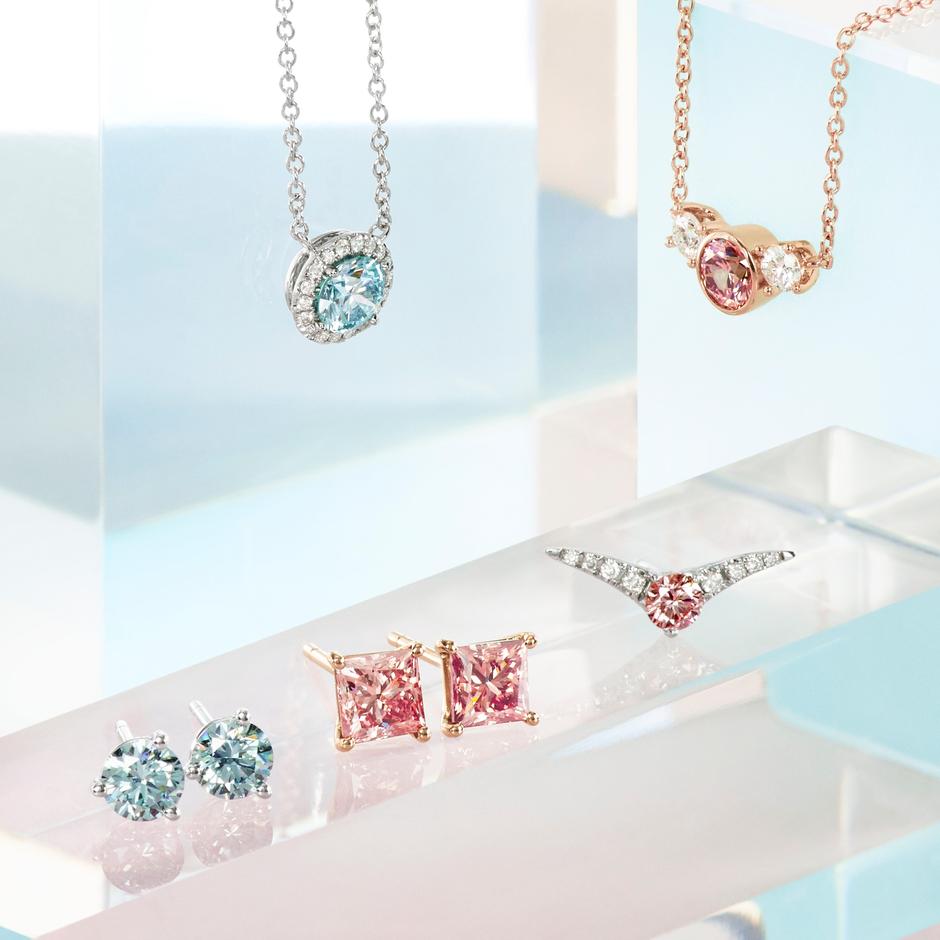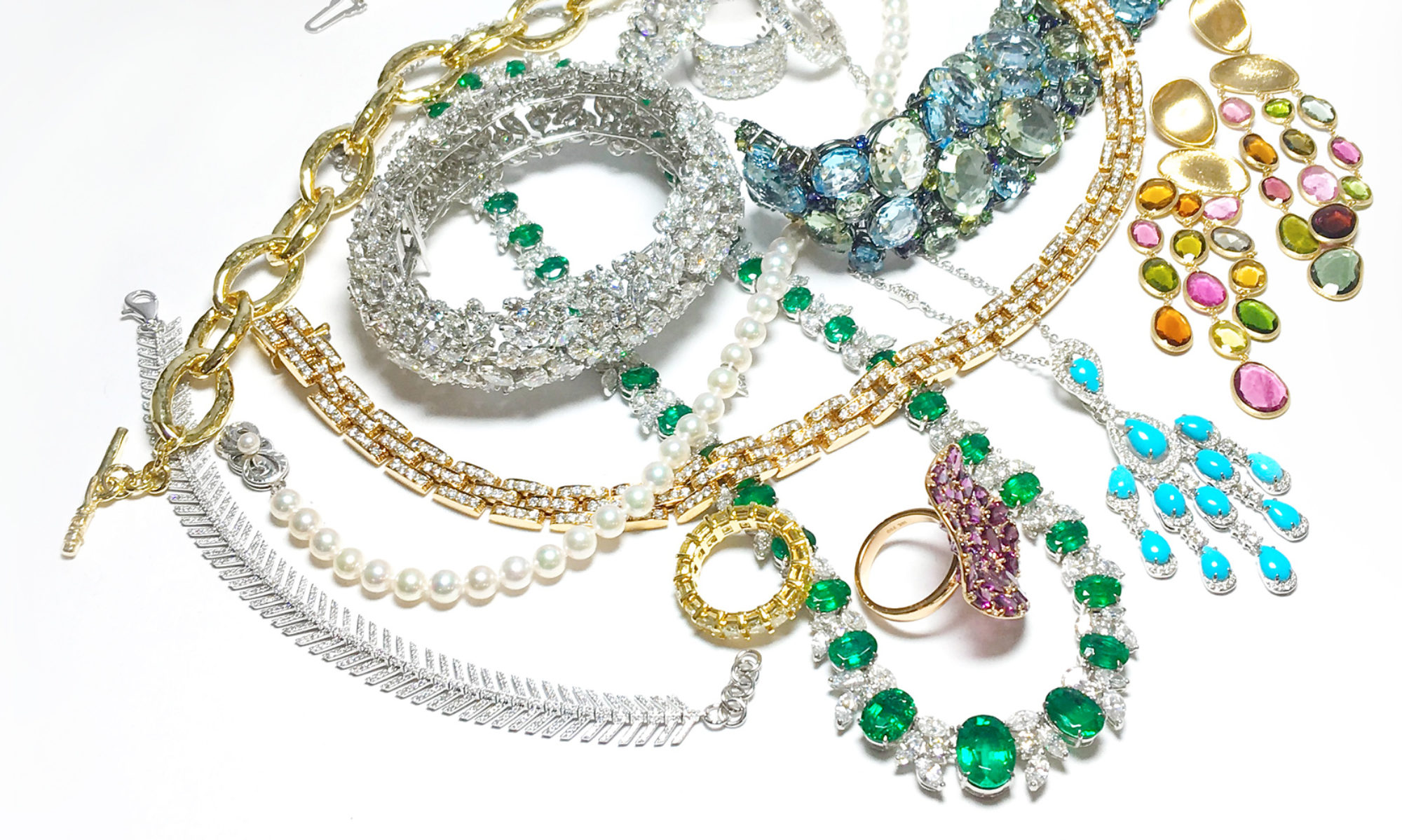The jewelry world was jolted awake the Tuesday after Memorial Day when De Beers announced its entry into the lab-grown diamond industry. The company’s new jewelry brand, Lightbox, will feature stud earrings and pendants set with lab-grown diamonds in white, light blue or light pink. Customers will be able to choose from sterling silver, 10k rose gold-plated silver or 10k white gold settings. Eventually, more diamond colors will be added.

Touting a simple pricing method and what De Beers says is increased wearability for all ages due to a lower price point, the company, which at one time controlled 90% of the world’s natural diamond manufacturing and distribution, has sent out shock waves with the launch. Not only has De Beers spent the past few years supporting the diamond industry’s Real is Rare ad campaign, but the pricing of Lightbox’s lab-grown diamonds undercuts competitors’ lab-grown diamond pricing by as much as 75%. That’ll be $800 per carat retail. Surprise! And, ouch.
But let’s rewind for a moment so I can jog your memory. Come back in time with me to the 1990s, when De Beers had some of the most influential television ads out there. Check out the one below.
Effective, right? At least it was back then. The romance! That music! But sometime between Prince Charles putting a sapphire ring on it and when everyone realized the De Beers-advertised two months’ salary rule was a myth, interest in diamond alternatives grew. As lab-grown diamonds have become easier and cheaper to produce, an industry has sprouted up, piquing the interest of many potential consumers for whom the natural diamond industry leaves a bad taste in their mouths (or a hole in their wallets). De Beers has produced lab-grown diamonds for industrial use for years, but had never expressed interest in expanding that part of their business.
Which brings us back to Lightbox. Much of its marketing toes the line between promoting the product as desirable and categorizing it squarely in the fashion space. It’s something you wouldn’t mind taking (or losing) on vacation, for “birthdays and beach days and just because days.” The Lightbox slogan seems to be “moments, not milestones.” Natural diamonds are heirlooms; lab-grown diamonds are not. Lather, rinse, repeat.

Do you see what De Beers is doing here? By marketing lab-grown diamonds as beautiful but downmarket baubles appropriate for a teenager while maintaining the superiority of natural diamonds for milestones such as an engagement or anniversary, they are attempting to further separate, and dominate, two markets. Divide and conquer, if you will! De Beers wants to shake up the lab-grown diamond industry by preventing customers from considering them for an important piece of jewelry, such as an engagement ring. It’s a strategic choice to set Lightbox pieces in silver, plated gold or 10k gold. (The standard for fine jewelry is 14-18k solid gold or platinum). They want to maintain and strengthen their presence in the natural diamond industry by emphasizing what they say is natural diamonds’ superiority and rarity. After all, De Beers still invests quite a lot more in natural diamonds than in lab-grown diamonds.
It appears that De Beers’ end goal with Lightbox is to have their cake and eat it, too. Only time will tell if their methods will pay off. What do you think of the Lightbox brand? Do you have any opinions on natural vs. lab-grown diamonds? Let me know in the comments!
